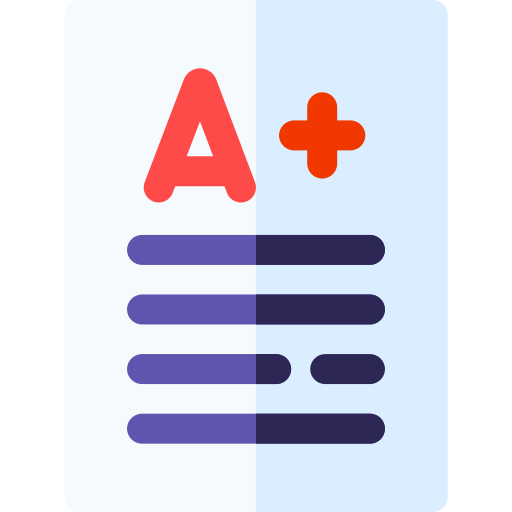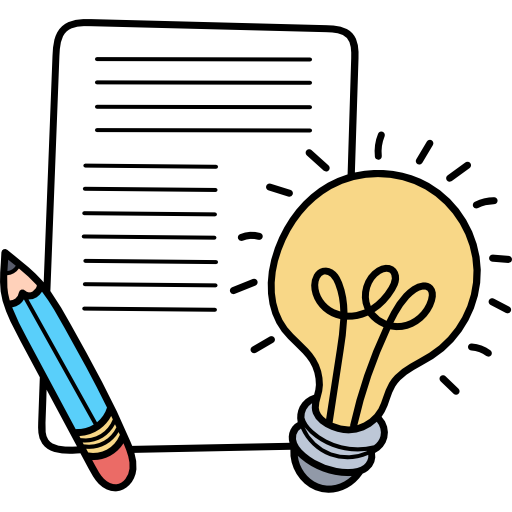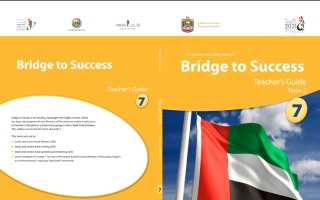Bridge to Success
Teacher’s Guide 7
Chris Barker and Libby Mitchell
Term 2 material 2017
All adaptations and modifcations to this UAE Edition have been made by a committee of specialists from the Ministry of Education and Cambridge University Press.
CAMBRIDGE
UNIVERSITY PRESS
University Printing House, Cambridge cb2 8bs, United Kingdom
Cambridge University Press is part of the University of Cambridge.
It furthers the University’s mission by disseminating knowledge in the pursuit of education, learning and research at the highest international levels of excellence.
© Cambridge University Press and the United Arab Emirates Ministry of Education 2017
This publication is in copyright. Subject to statutory exception and to the provisions of relevant collective licensing agreements, no reproduction of any part may take place without the written permission of Cambridge University Press.
First published 2017
Printed in the United Arab Emirates
ISBN XXXXXXXXXXXX Grade 7 Teacher’s Guide
Cambridge University Press has no responsibility for the persistence or accuracy of URLs for external or third-party internet websites referred to in this publication, and does not guarantee that any content on such websites is, or will remain, accurate or appropriate.
Contents
Scope and Sequence
Introduction
How to use Bridge to Success
Teaching Strategies
Unit 6 Using maps
Unit 7 Health, food and exercise
Unit 8 All living things
Unit 9 World records
Audioscript
Introduction
Welcome to Bridge to Success Grade 7
Bridge to Success is a twelve-grade course for learners of English as a Second Language (ESL). The twelve grades range from the beginning of Cycle 1 to the end of Cycle 3. The course has been designed to fulfil the requirements of the English as an International Language (EIL) National Learning Standards Unified Framework.
Bridge to Success Grade 7 consists of twelve thematic units of study, which include a range of activities, text types and objectives, split over three terms.
The materials reflect the following principles
• An Emirati focus, with an international perspective
Specifically developed for young learners throughout the United Arab Emirates, the themes, situations and literature covered by Bridge to Success strive to reflect the Emirati context and encourage learners’ curiosity about the wider world. This fosters respect and interest in other cultures and leads to awareness of global citizenship.
• An enquiry-based, language-rich approach to learning
Bridge to Success engages children as active, creative learners. As learners participate in a wide variety of curriculum-based activities, they simultaneously acquire content knowledge, develop critical thinking skills and practise English language and literacy. The materials incorporate a ‘learning to learn’ approach, helping children acquire skills and strategies that will help them approach new learning situations with confidence
• English for educational success
To meet the challenges of the future, children need to develop facility with both conversational and academic English. From the earliest stage, Bridge to Success addresses both these competencies. Bridge to Success presents authentic listening and reading texts, writing tasks and end- of-unit projects similar to those learners might encounter in English-medium and international schools. Emphasis is placed on developing the listening, speaking, reading and writing skills learners will need to be successful in using authentic English- language classroom materials.
• Rich vocabulary development
Building a large and robust vocabulary is a cornerstone to success in both conversational and academic English. Bridge to Success exposes learners to a wide range of vocabulary. Many opportunities for revising these words and using them in personalised, meaningful ways are woven into the activities and lesson plans
• Individualised learning
We approach learning in an individual way by both acknowledging the individual nature of the knowledge and background of each child, and encouraging their specific input. We also provide for differentiated learning in the classroom by offering a range of activities of varying diffculty and guidance for tailoring activities to the needs of different learners. Detailed support for this is provided in the lesson plans in this book
• Integrated assessment
Throughout the course, teachers informally assess their learners’ understanding of language and concepts. The Teacher’s Guide provides suggestions for extending or re-teaching language skills based on learners’ demonstrated proficiency. An end-of-unit Review in the Coursebook provides a simple-to-use evaluation measure: a quick progress check on learners’ understanding of key ESL and early literacy skills. At the end of each unit, learners apply the skills and knowledge they have acquired as they work in groups to create and present a project. This provides teachers with an excellent performance assessment opportunity
We hope that you and your learners will enjoy using these materials as much as we enjoyed developing them for you
The Bridge to Success team
Collaborative learning
Learners work together in pairs or small groups to solve a problem, complete a task or create a product. They participate in thoughtful discussion. and develop a more positive attitude about learning and each other by working together
Learners engage with one another and are responsible for making sure that everyone understands the task
The teacher facilitates collaborative learning by organising the learners into pairs or small groups that complement one another and by supporting the development of the group tas
Active strategies (activities)
Backs to the board. This is a competitive activity format that can be used to check vocabulary or knowledge
The teacher divides the class of learners into two or three groups
One learner from each group sits in a chair with their back to the board. facing their group
The teacher or a chosen learner writes a word on the board so that the learners sitting with their backs to the board cannot see the word
Each group provides hints to the learner from their group with their back to the board, who in turn attempt to guess the word
The first one to guess the word gets a point for their team Learners act out or perform a particular role in order to explore and dramatise the thoughts feelings and experiences of another person in a simulated situation
The role- play may be conducted between two learners, a small group or as a whole class led by the teacher
Role-play may be performed and presented to the whole class where other learners may be invited to make comment and analysis on the content
Some role-plays may be simple re enactment but role- play can also include learners' own development and interoretation of a given scenario




